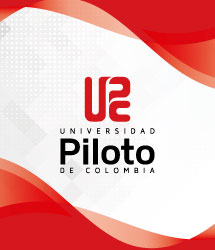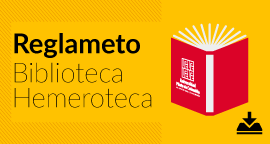- Universidad Piloto de Colombia
- Trabajos de grado - Pregrado
- Facultad de Ingenierías
- Ingeniería Mecatrónica
- View Item
Diseño e implementación de cepillos de limpieza para paneles solares

View/
Date
2024-11-20Author
Delvasto Gutiérrez, Andres Camilo
Pardo López, Javier Sebastián
Fonseca Forero, Hernan Dario
xmlui.dri2xhtml.METS-1.0.item-advisor
Jinete Gómez, Marco Antonio / Director
Metadata
Show full item recordAbstract
Esta tesis se enfoca en el rediseño de un cepillo para el robot Kwunphi utilizado por la empresa
Ideagro en la limpieza de paneles solares, con el objetivo de superar las limitaciones de los dos cepillos
actuales. El cepillo original del robot, con cerdas extra suaves, es efectivo para remover polvo superficial,
pero resulta ineficaz frente a suciedades más adheridas debido a la suavidad de sus filamentos. Por otro
lado, el segundo cepillo, que la empresa construyó, presenta un peso excesivo y una rigidez en las cerdas
que afecta su funcionamiento: el cepillo tiende a saltar sobre la superficie sin lograr una limpieza continua
y, además, puede rayar los paneles debido a la fricción generada por la dureza de las fibras.
Para resolver estos problemas, se propone el diseño de un cepillo completamente nuevo, que
supere las deficiencias de ambos modelos existentes y ofrezca un rendimiento optimizado. Este nuevo
cepillo será más ligero y flexible, con una distribución de cerdas que asegura una limpieza eficaz sin dañar
la superficie de los paneles solares. La propuesta de diseño incluye un análisis detallado de materiales y
simulaciones de funcionamiento, así como pruebas prácticas y la colaboración de expertos en ingeniería
de materiales y diseño mecánico. Con esta mejora, el nuevo cepillo busca cumplir con los estándares de
eficiencia y durabilidad que Ideagro necesita para diversas condiciones operativas, proporcionando un
desempeño superior a los cepillos actuales. This thesis focuses on the redesign of a brush for the Kwunphi robot used by Ideagro to clean
solar panels, with the objective of overcoming the limitations of the two current brushes. The robot's
original brush, with extra soft bristles, is effective for removing surface dust, but is ineffective against
more adherent dirt due to the softness of its filaments. On the other hand, the second brush, which the
company built, has an excessive weight and stiffness in the bristles that affects its operation: the brush
tends to jump on the surface without achieving a continuous cleaning and, in addition, it can scratch the
panels due to the friction generated by the hardness of the fibers.
To solve these problems, it is proposed to design a completely new brush that overcomes the
shortcomings of both existing models and offers optimized performance. This new brush will be lighter
and more flexible, with a bristle distribution that ensures effective cleaning without damaging the surface
of the solar panels. The design proposal includes detailed material analysis and performance simulations,
as well as hands-on testing and collaboration with experts in materials engineering and mechanical design.
With this improvement, the new brush seeks to meet the efficiency and durability standards Ideagro
needs for various operating conditions, providing superior performance to current brushes.
Collections
- Ingeniería Mecatrónica [164]
The following license files are associated with this item:





